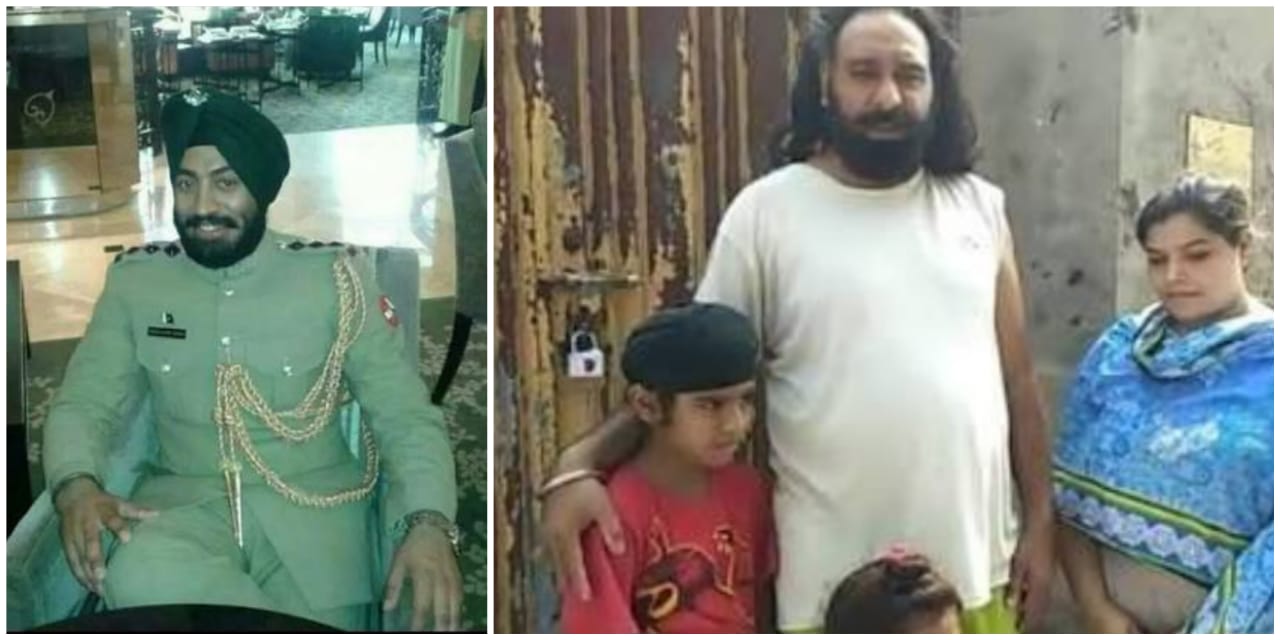No products in the cart.
Archaeological Survey of India excavation in UP unearths Proofs of Mahabharata?
An excavation conducted recently by the Archaeological Survey of India (ASI) at Sinauli village of Baghpat in Uttar Pradesh has for the first time unearthed remains of chariots, which were being used more than 4,000 years ago, i.e. around 2,000 BC. The excavation has also been reported to have discovered royal graves, weapons which can be considered advanced keeping their period in mind, jewellery, vessels and many other objects.
The objects indicate that a very aesthetic and advanced civilization of fighters, used to exist in that place. This excavation which was being done since March this year, is just at a distance of 120 metres from another site which had been discovered in 2005 and had 116 ancient graves. These graves found in 2005, were similar to those of the Harappan civilization, but archaeologists say, that the latest discovery doesn’t belong to the same civilization.
According to SK Manjul – Director of the Institute of Archeology, 3 chariots with embellished copper designs have been unearthed. Wheels of these chariots used to rotate on a fixed axle connected to the harness of a couple of animals by a wagon pole. An elevated structure joined to the axle had a base to stand upon, shielding covers on both sides and a user control board. Its wheels and the pole have copper designs similar to the the sun’s rays.
Archaeologists opine that the animals that were used to pull these chariots, were most likely to be horses. The graves unearthed have coffins with copper designs, Peepal leaf-shaped crowns with embellished flower like designs and human like figurines, which make appear like those of royal people. According to Manjul, such mass graves have been discovered for the first time in the subcontinent, as coffins excavated in Harappan civilization didn’t have any copper decorations.
He says, that the design of chariots and other objects like helmets, swords, daggers and shields reminds one of characters in TV serials like Mahabharat. The swords have handles moulded with copper and a gap to hold it strongly during a battle. It’s not mere coincidence, that researchers are also of the opinion that this discovery might throw some light on the exact history of the Mahabharat era.
Archaeological experts say that the people who used to live here during that time must have belonged to a martial clan. Objects like jewellery with beads made of soapstone, combs, mirrors and vessels have also been discovered indicating that a very aesthetic and culturally rich civilization must have existed here at sometime during 2200 to 1800 BC, which was no less than civilizations of Mesopotamia, Georgia and Greece.
According to archaeologist SK Manjul, some of the graves even consisted of whole skeletons, and some had partial remains with vessels. Beads of gold and other valuable metals have also been discovered, which suggest that a culturally progressed martial class civilization must have existed. This gives an entirely fresh perspective, to history as we understand it today. The Youth believes that this discovery might change Indian history as we know it, for ever.












